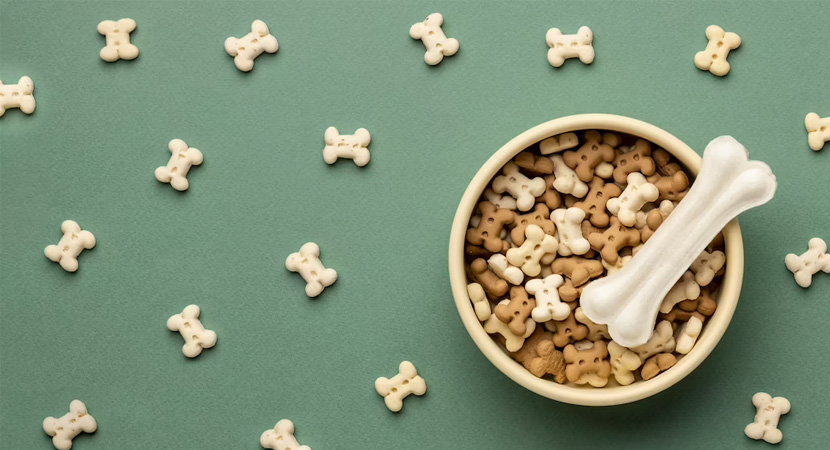
Myths and Facts about Dog and Cat Pellets - Pellets digest slower than raw meat
That kibble is digested more slowly than raw meat is an opinion that has been propagated especially by BARF raw feeding advocates. However, there is currently no scientific evidence for this claim. What we do know for sure are the factors that influence gastric emptying and the movement of digestion into the small intestine and other compartments. Pellets are processed food and in the moist environment of the stomach they break down into fine particles, meat tends to be swallowed in larger pieces. The idea that pellets remain in the stomach for a long time, as the proponents of this theory claim, while raw meat leaves it much more quickly, is at least strange and contrary to the principles of digestive physiology. All food taken in is processed as a whole in the stomach, and it is here that hydrochloric acid and the digestive enzyme pepsin, in particular, act to break down proteins. Several factors determine when processed food leaves the stomach and moves into the duodenum. First and foremost is the moisture content and particle size. Liquid components and small particles of food leave the stomach faster than solid and larger particles. Another factor is the nutrient content, with higher levels of fat, protein or soluble fibre in the food slowing the emptying of the stomach contents. In healthy dogs, gastric emptying usually occurs within 8 hours after feeding; vomiting of undigested or partially digested food more than 8-12 hours after eating usually indicates indigestion or increased stress. This whole process is controlled by the nervous system and also hormonally, with the production of controlling hormones depending on the chemical composition of the digestive material and the pH value, regardless of its origin. There is no known scientific work that has addressed the length of residence of kibble and raw meat in the stomach of dogs or cats. However, an unpublished experimental study was conducted in which the path of digestate from the stomach to the small intestine in a dog was documented using contrast X-ray images for two different diets. One contained extruded kibble and the other was a typical BARF ration with raw meat. The results of this experiment showed that the pellets left the stomach much earlier than the raw meat, exactly the opposite of what is usually claimed. While 4 hours after feeding the kibble the dog's stomach was empty and all the digestion was in the intestine, part of the raw ration was still in the stomach. Bone fragments remained there the longest and could still be found 5 hours after feeding. It is therefore not true that pellets take longer to digest in the stomach than raw food, and it is very likely that the reverse is the case. Pellets break down into fine particles in the stomach, whereas raw food contains larger and more solid pieces, which slows down the emptying of the stomach.
MVDr. Eva Štercová, Ph.D.